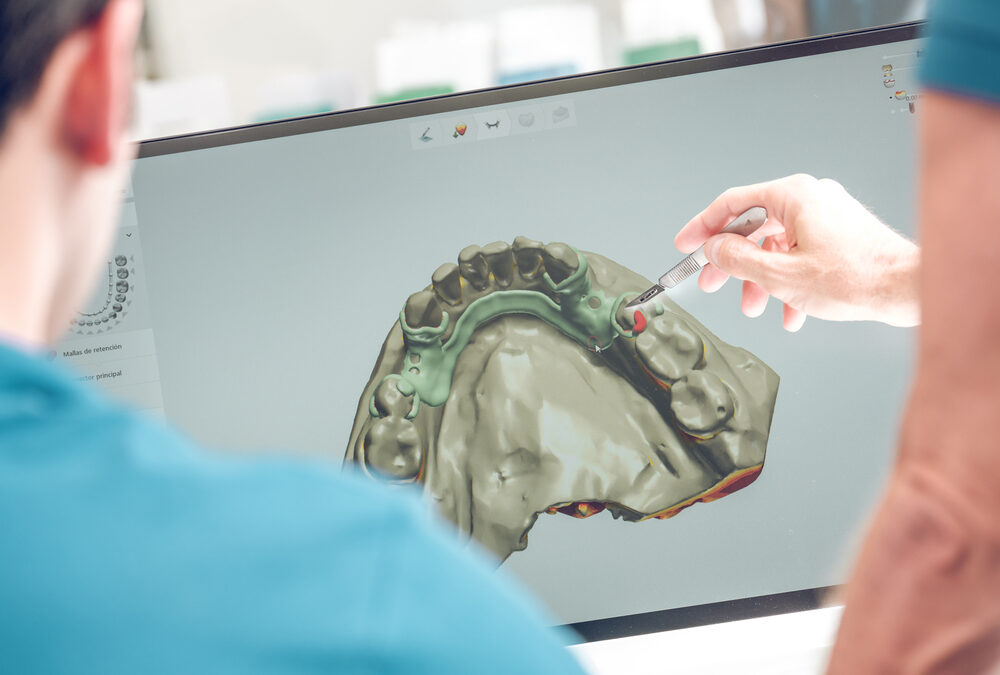Orthodontics has come a long way from its origins. Today, modern orthodontic treatments offer individuals the chance to achieve straight, beautiful smiles while also boosting their confidence and overall oral health. With advancements in technology and an array of treatment options, patients can now enjoy more effective, comfortable, and discreet solutions than ever before. Among the most popular options are orthodontic braces and clear aligners, both of which continue to revolutionize the industry. Additionally, oral care practices, such as using mouthwash, play an essential role in maintaining the results of orthodontic treatment.
The Role of Orthodontic Braces in Modern Dentistry
Orthodontic braces remain one of the most effective tools for correcting misaligned teeth and bite issues. Modern braces have evolved significantly from the bulky metal appliances of the past. Today, patients can choose from several types, including:
– Traditional Metal Braces: These braces are lighter, more comfortable, and less conspicuous than earlier models.
– Ceramic Braces: Made from tooth-colored materials, these braces blend in with natural teeth, making them a more discreet option.
– Lingual Braces: Positioned on the back of the teeth, lingual braces are virtually invisible from the outside.
Braces work by applying continuous pressure over time to gradually shift teeth into their proper positions. This process not only improves the aesthetic appearance of a smile but also addresses functional issues such as overbites, underbites, and crowding. Proper alignment achieved through orthodontic braces can help prevent long-term dental problems, including uneven wear, gum disease, and jaw pain.
Clear Aligners: A Game-Changer in Orthodontics
For patients seeking an alternative to traditional braces, clear aligners have become an increasingly popular option. Invisalign and similar systems use custom-made, transparent trays to gradually move teeth into alignment. These trays are nearly invisible, making them an attractive choice for adults and teens who want a discreet treatment option.
Clear aligners offer several advantages over traditional braces:
- Comfort: Without brackets and wires, clear aligners are smoother and less likely to irritate the gums and cheeks.
- Convenience: Aligners are removable, making it easier to eat, brush, and floss without restrictions.
- Aesthetic Appeal: The transparency of aligners ensures that treatment is subtle and unnoticeable.
Despite their benefits, clear aligners require discipline from patients. They must be worn for 20-22 hours per day and replaced every one to two weeks to maintain progress. Patients who commit to this regimen often see excellent results comparable to those achieved with braces.
The Psychological Impact of Orthodontic Treatments
One of the most significant benefits of orthodontic treatment is the boost in self-confidence that comes with a straight, healthy smile. Crooked or misaligned teeth can lead to feelings of self-consciousness and even social anxiety. By correcting these issues, orthodontic treatments empower individuals to smile freely and feel more confident in personal and professional settings.
Moreover, improved oral health contributes to better overall well-being. Misaligned teeth are harder to clean, increasing the risk of cavities and gum disease. By addressing alignment issues, orthodontic treatments promote a healthier mouth, reducing the need for more invasive dental procedures in the future.
The Importance of Oral Hygiene During Treatment
Maintaining oral hygiene is critical during orthodontic treatment, whether using braces or aligners. Plaque buildup around brackets, wires, or aligners can lead to cavities, staining, and gum disease. Incorporating good oral care practices ensures long-lasting results and prevents complications.
Tips for Maintaining Oral Hygiene with Orthodontic Braces:
- Brushing: Use a soft-bristled toothbrush and fluoride toothpaste to clean teeth thoroughly after every meal. Pay extra attention to areas around brackets and wires.
- Flossing: Floss threaders or orthodontic flossers make it easier to clean between teeth and under wires.
- Mouthwash: Antibacterial mouthwash helps reduce plaque and prevent gum disease. Patients with braces can benefit from rinsing daily to reach areas that are difficult to clean with a toothbrush.
Tips for Clear Aligner Wearers:
- Cleaning Aligners: Rinse and brush aligners with a soft toothbrush and non-abrasive cleanser to keep them free of bacteria and stains.
- Oral Care Routine: Brush and floss before reinserting aligners to prevent trapping food particles against teeth.
- Mouthwash: Using mouthwash can complement brushing and flossing by killing bacteria and freshening breath.
The Future of Orthodontics
Advancements in technology continue to shape the future of orthodontic treatments. Digital imaging, 3D printing, and artificial intelligence are streamlining treatment planning and improving accuracy. These innovations make it possible to predict outcomes more effectively and provide patients with tailored solutions that suit their needs and lifestyles.
In addition, faster treatment options, such as accelerated orthodontics, are becoming more widely available. These methods use techniques like vibration devices or micro-osteoperforation to speed up tooth movement, reducing overall treatment time.
Modern orthodontic treatments, from advanced orthodontic braces to innovative clear aligners, are transforming the way individuals achieve straighter teeth and healthier smiles. Beyond aesthetics, these treatments significantly improve oral health and boost self-confidence. However, success requires a commitment to good oral hygiene practices, including the use of tools like mouthwash, to maintain healthy teeth and gums during treatment. As technology continues to evolve, the future of orthodontics holds even more promise, ensuring that achieving the perfect smile is both accessible and efficient for all.

